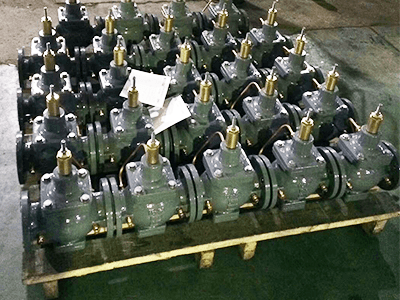Scrapers are versatile tools used across various industries for removing or smoothing surfaces. Whether you’re dealing with paint, ice, or residue, the right scraper can make a significant difference in efficiency and results. This article will delve into the different types of scrapers, their applications, and how they relate to other materials like geogrid, which can enhance their effectiveness in specific contexts.
What are the different types of scrapers?
Scrapers come in various types, each designed for specific tasks. The most common types include:
- Handheld Scrapers: These are basic tools with a handle and a flat blade. They’re ideal for tasks like removing paint or adhesive from surfaces.
- Multi-tool Scrapers: Equipped with interchangeable blades, these tools offer flexibility for different scraping needs.
- Electric Scrapers: Powered by electricity, these scrapers are used for more intensive tasks, such as removing large quantities of material quickly.
- Industrial Scrapers: These heavy-duty tools are designed for use in industrial settings and can handle tougher materials like concrete and metal.

How do you choose the right scraper for a specific job?
Selecting the right scraper depends on the nature of the task and the material you are working with. Consider the following factors:
- Material: For delicate surfaces, opt for a plastic or rubber scraper to avoid damage. For tougher materials, metal scrapers are more appropriate.
- Task Type: Handheld scrapers are suitable for smaller jobs, while electric and industrial scrapers are better for larger, more demanding tasks.
- Surface Type: If working on uneven surfaces, a flexible scraper might be more effective. For flat surfaces, a rigid scraper provides better precision.
How can scrapers be used in conjunction with geogrid materials?
Geogrids are synthetic materials used to reinforce soils and construction materials. Scrapers can be used to prepare surfaces for geogrid installation by:
- Clearing Debris: Scrapers can remove loose debris or residues from surfaces where geogrid will be applied, ensuring better adhesion and performance.
- Smoothing Surfaces: Before laying down geogrid, surfaces need to be smooth and level. Scrapers can help achieve this by removing uneven spots or old materials.
What are some tips for maintaining and using scrapers effectively?
To get the most out of your scraper:
- Regular Cleaning: Keep the blade clean to ensure optimal performance and avoid spreading contaminants.
- Proper Storage: Store scrapers in a dry place to prevent rusting and blade damage.
- Blade Replacement: Replace blades when they become dull or damaged to maintain effectiveness and safety.
- Correct Technique: Use the scraper at the correct angle and apply consistent pressure to achieve the best results.
Scrapers are invaluable tools for various applications, from removing paint to smoothing surfaces before applying materials like geogrid. By understanding the different types of scrapers, how to choose the right one for the job, and how to use them in conjunction with geogrid, you can enhance the efficiency and quality of your work. Proper maintenance and technique will ensure your scraper remains a reliable asset for all your scraping needs.
